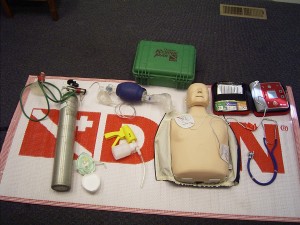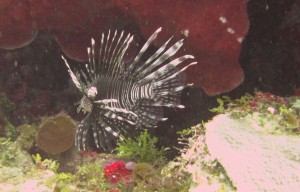DAN Courses: Dive Safety training for all divers

DAN Courses for divers include a variety of dive safety and emergency response programs. They include Oxygen First Aid for Scuba Diving Injuries, Advanced Oxygen First Aid, Hazardous Marine Life Injuries, AED for Scuba, and others. Here are the four most important DAN courses:
Oxygen First Aid
Learn how to provide emergency oxygen first aid. Hands-on training includes assembling an oxygen unit, using a demand-valve mask, a non-rebreater mask and an oronasal resuscitation mask with supplemental oxygen.
The PADI Distinctive specialty “Oxygen First Aid” is also included!
Advanced Oxygen First Aid
Additional training for DAN Oxygen providers. Hands-on training includes using a manually triggered ventilator (MTV-100) and a Bag Valve Mask(BVM) while providing care for a non-breathing injured diver.
Hazardous Marine Life Injuries
Learn how to provide first aid for a diver injured by hazardous marine life. Topics include envenomations, bites, irritations and poisoning. Hands-on training includes techniques for controlling bleeding, applying dressings and bandages to manage wounds and the pressure immobilzation technique.
The PADI Distinctive Specialty “Marine Life Injuries” is also included!

Lionfish--particularly venomous and invasive
AED for Scuba
Learn to recognize the signs of sudden cardiac arrest and administer first aid using Basic Life Support and Automated External Defibrillators(AEDs). Hands-on training includes CPR review, providing care with an AED, maintaining an AED and emergency assistance planning.
The PADI Distinctive specialty “AED for Divers” is also included!
Diving Emergency Management Provider
Often times, a dive emergency is not a single event. Typically, several small problems compound to create a larger problem. Diving Emergency Management Provider integrates content from the Oxygen First Aid, First Aid for Hazardous Marine Life injuries, AEDs for SCUBA and Advanced Oxygen First Aid into a single course.
All three PADI Distinctive Specialties “Oxygen First Aid”, “AED for Divers” and “Marine Life Injuries” are included!
NOTE: DAN updated their curriculum in 2011. As soon as the revised materials are available, I’ll update the content on this page.




